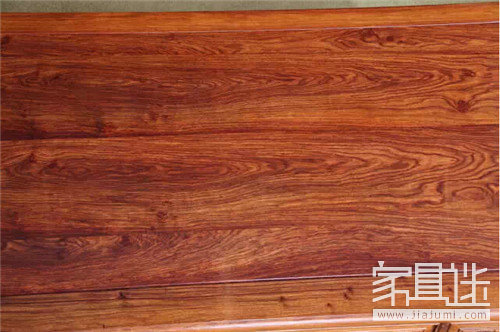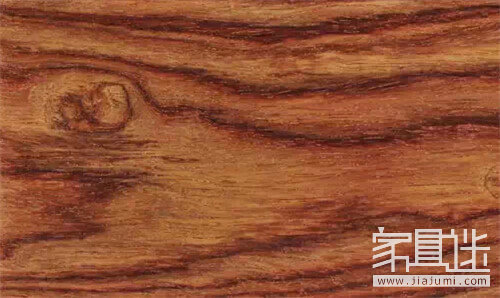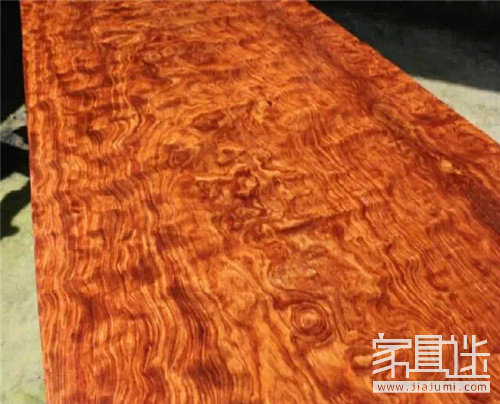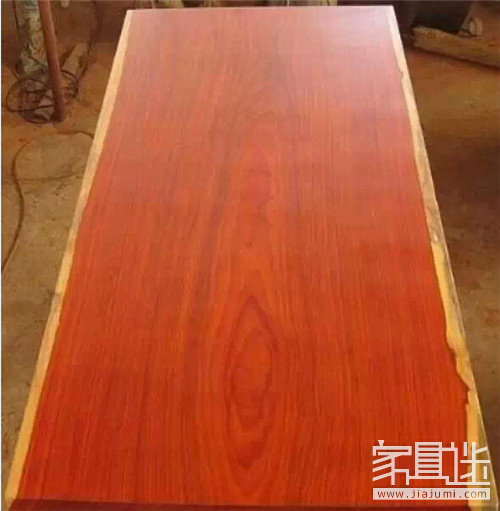Have you ever heard of African rosewood? But do you know that African pears can also be used to promote various types of wood? As a result, many mahogany buyers have shifted their attention, and the money they spent in the fog has turned into a costly lesson. Unscrupulous timber traders should not try to pass off African pears as something else. 1. What is the botanical species of African rosewood? 2. Where exactly does African pear come from? 3. Which types of wood can actually be considered African pear? Hedgehog rosewood belongs to the red sandalwood and rosewood category under China’s national redwood standards. It is characterized by its porous structure, with semi-annual ring patterns being quite noticeable. The growth rings are clearly visible. The heartwood ranges from orange-red, brick-red, to purple-red, often featuring dark streaks, which are easily visible on the surface. It has little or no fragrance, fine texture, and a staggered grain pattern. It is mainly found in tropical Africa, with other sources including countries like Gambia, Guinea-Bissau, Mali, and Senegal in West Africa. Hedgehog rosewood is classified as a type of rosewood. It is commonly referred to as African rosewood because it originates from Africa. However, note that "Hedgehog rosewood" is sometimes called "African pear" or "African huanghuali." It is officially recognized as redwood under Chinese standards. However, terms like “African rosewood,†“African pear,†and “non-flower†are informal names used by some businesses for marketing purposes. These non-standard terms cannot be used to specifically identify Hedgehog rosewood—they are general categories rather than precise classifications. Think of it this way: If Lao Wang's real name is Wang Zhicheng, people might call him Lao Wang. While his official name is documented, "Lao Wang" is just a nickname. Similarly, "African rosewood" is a broad term, not a specific species. Related reading: Don’t ask these questions when buying mahogany furniture anymore African huanghuali is another common hardwood often mistaken for redwood. Its scientific name is Guibourtia tessmanii, and it is also known as Bu Binjia Bubinga in trade. It originates from regions such as Essingang (Cameroon), Kevazingo (Gabon), Waka (Zaire), Akume (United States), and Oveng (Equatorial Guinea). It is commonly referred to as "African pear" or "grass pear," but these names can be confusing. This wood is sometimes called African pear, but it is not classified as redwood. The term “African rosewood†literally refers to rosewood from Africa. However, unscrupulous traders often use the term to describe other African woods that are not actually rosewood, such as African red sandalwood or African pear. These woods may resemble rosewood in appearance but do not meet the national redwood standards and are therefore not considered true redwood. There are two common types of pears in the market: African red sandalwood (also known as Indian red pear) and Angora red sandalwood (commonly called Khmer wood), both of which are also referred to as African Asian pears. Imagine if an African local came to buy your Chinese tofu, and you started calling stinky tofu and sauce tofu as Chinese tofu. That’s how misleading it can be. If you end up buying what seems like African rosewood, you might actually get grass pear or another similar wood without realizing it. The large number of “African rosewood†furniture products flooding the market has negatively impacted the perception of real rosewood furniture. Many people now mistakenly believe that “African rosewood†is the same as real rosewood, or even think that all “African rosewood†furniture is genuine. This has inadvertently placed real rosewood furniture at a lower price level in the eyes of consumers. The key difference between “African rosewood†and Hedgehog rosewood is that Hedgehog rosewood is a true redwood, while “African rosewood†is not necessarily part of the rosewood family. Most so-called “African rosewood†is actually African pear or grass pear, which are not part of the mahogany group. This is the fundamental distinction. Therefore, when a seller says they are selling African pears, don’t be naive enough to buy them without asking for the exact species and type of wood. This article doesn't go into detailed identification methods for each type of wood mentioned above. My purpose is simply to guide you in understanding the meaning and classification of African pears. Remember: Due to the large number of wood types discussed and their high similarity, please do not rely solely on this text for decision-making. Always double-check before making any purchases to avoid potential losses. Cosmetic Packages For Eye Makeup This section contains many products, including Mascara Tube , other shape Eyeliner Bottle , Round Mascara Tube, square mascara tube, Other Shape Mascara Tube, dual heads mascara tube, eyeliner bottle, round eyeliner bottle, square eyeliner bottle, dual heads eyeliner bottle, Empty Eyeshadow Case, Eye Cream Bottle , eyebrow pencil packages, Cosmetic Pot . Cosmetic Packages For Eye Makeup,Plastic Square Eyeliner Container,Wholesale Plastic Cosmetic Compact Case, eyebrow pencil packages ims Packaging Limited , https://www.ims-cosmetic-packaging.comDo you know about African pears? Then here's the next question:

When it comes to African rosewood, we must first talk about Hedgehog rosewood.

Next, let's talk a bit about African huanghuali.

Now, the main point: Pay attention to Asian pears and grass pears.

In conclusion, a quick summary of African rosewood:

All products have achieved the certification of ISO 9001.
All products can be Customized.
We will provide professional service.
We will prodive free samples, all you need to do is contact us and tell us the product number.